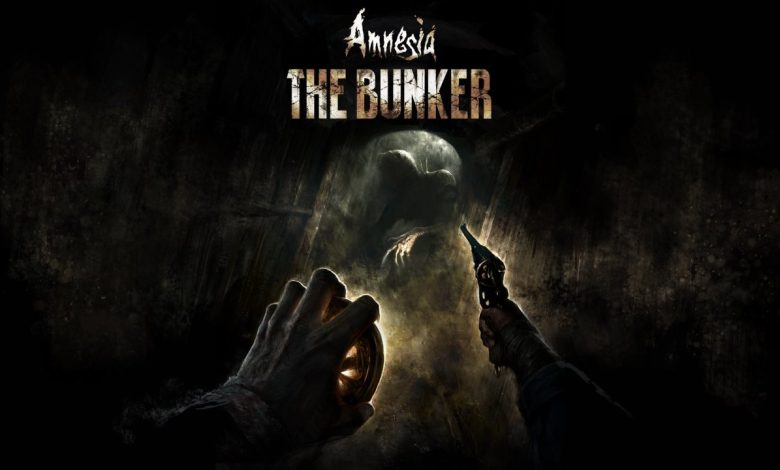
I was under the impression that I was a fearless gamer when it came to horror games until I played the first Amnesia (The Dark Descent). That game changed my entire view of the genre and turned me immediately into a very big fan of Frictional Games. In fact, the company's next game, the brooding and evocative SOMA, was just as high quality, and even Amnesia: Rebirth may have been a step down but it was still an interesting horror game. After Rebirth Frictional decided, correctly in my opinion, that their formula needed a refresh and the result is the game we present today. Arm yourselves with courage and come join us in the nightmare.
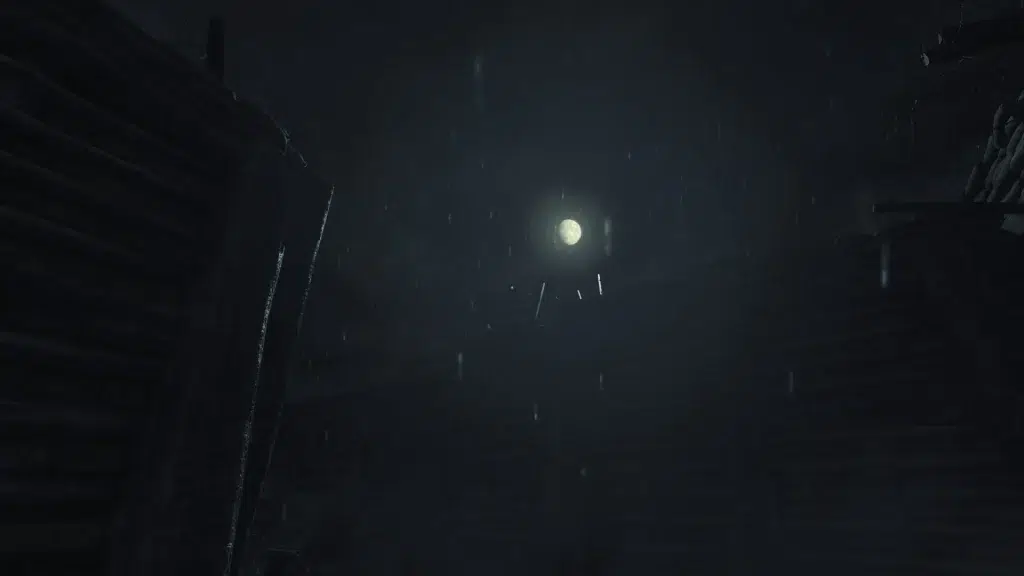
First of all, let me make it clear that both the (very short) plot description and the images that will accompany the article are completely spoiler free. The gradual reveal of the story is a key part of the campaign and I'll let you unfold it yourself when you play. Our protagonist is one of the many unfortunate souls drafted to fight in World War I and is severely wounded trying to escape an enemy ambush. When he regains consciousness he finds that he has been taken to an underground bunker in which something horrible has obviously happened since there is no one else there, the rooms are strewn with corpses and the only exit has been blocked off with rubble. And the worst part? He's not completely alone in there...
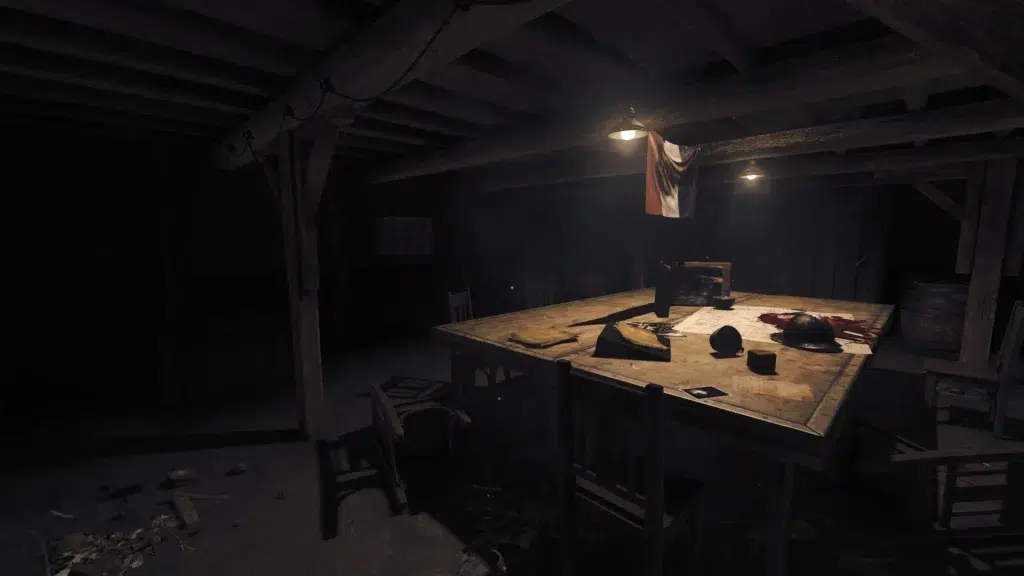
Many of the building blocks of Frictional's games are present and accounted for: the importance of light, the danger or safety of darkness depending on the situation, noise as a necessary evil, physics-based interactions with all sorts of objects and careful management of available resources. However, there are some interesting innovations. For example, you have for the first time the ability to use firearms! However, don't think that The Bunker has now turned into an FPS since ammunition is extremely limited, and weapons are not only used for defense but also for overcoming various obstacles you will find on your way. Is it wise to spend bullets defending yourself in a pinch, or would it be better to save them to shoot a lock and gain access to other supplies? The game is filled with such dilemmas for the player, hence the survival tint.
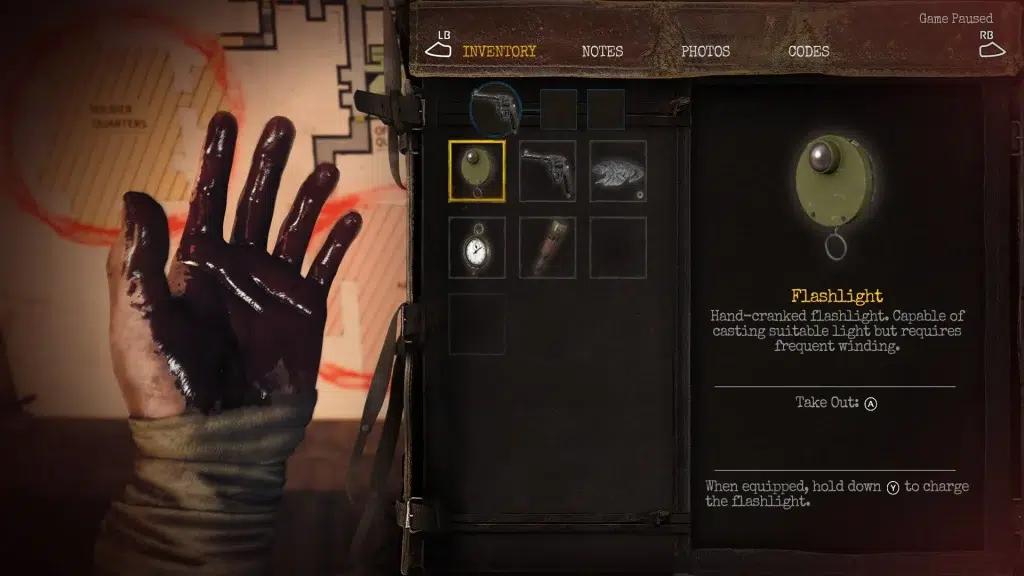
The biggest change and innovation that the game introduces is in the way the campaign evolves and more specifically in the fact that The Bunker is significantly less linear compared to the developers' previous games. It wouldn't be an exaggeration to say that there's a dose of... metroidvania and immersive sims, as a significant part of the map opens up relatively early on but to access critical areas you may need a specific tool, a code or something else that you'll discover yourself. The game sets some goals and objectives but you are not generally required to pursue them immediately, you can explore much of the map in any order you wish.
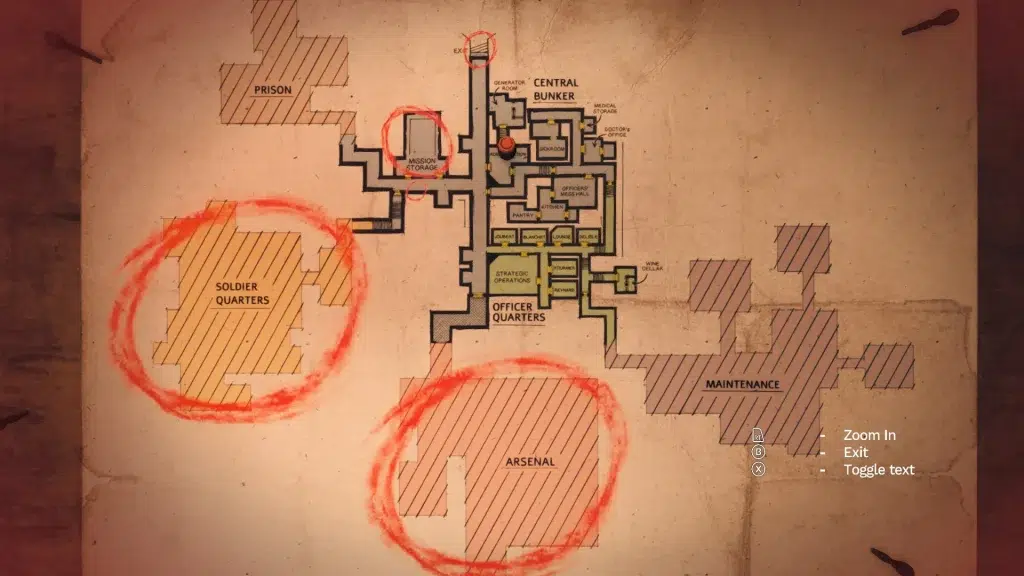
The fairly open map causes changes to the structure and pace of the gameplay. Unlike what we knew in previous Frictional games where we generally "cleared" an area and moved on to the next one in a linear fashion, in The Bunker we are essentially based in the Administration Room of the bunker and make expeditions to other parts of the map from there, returning after completing each objective. The importance of this room lies in the fact that it contains the only save point for most of the game (if you play on the difficulty level Normal and above) and also the bunker's generator which is powered by gasoline and in turn supplies the bunker with electricity to run the lighting and various other devices. The problem is that the gasoline eventually runs out and if that happens before you can get back from an expedition you will have to find your way through pitch darkness and under constant danger. Fortunately there are other solutions to produce light in such difficult times such as flares or torches and also a wind-up torch but it does make a lot of noise, with all that entails.

The combination of the constant time pressure you are under, the need to not make too much noise and the obligation to go back to the administration room to save your progress succeeds in creating frequent situations of great tension and horror. Most decisions you will be asked to make necessarily involve a great deal of risk and the inherent unpredictability of the game may force you to adjust your plans on the fly. The temptation of "maybe I'll explore a little more, I can make it back in time" often proves irresistible, so much so that a return to safety can turn into a veritable Odyssey if you miscalculated and the power goes out.
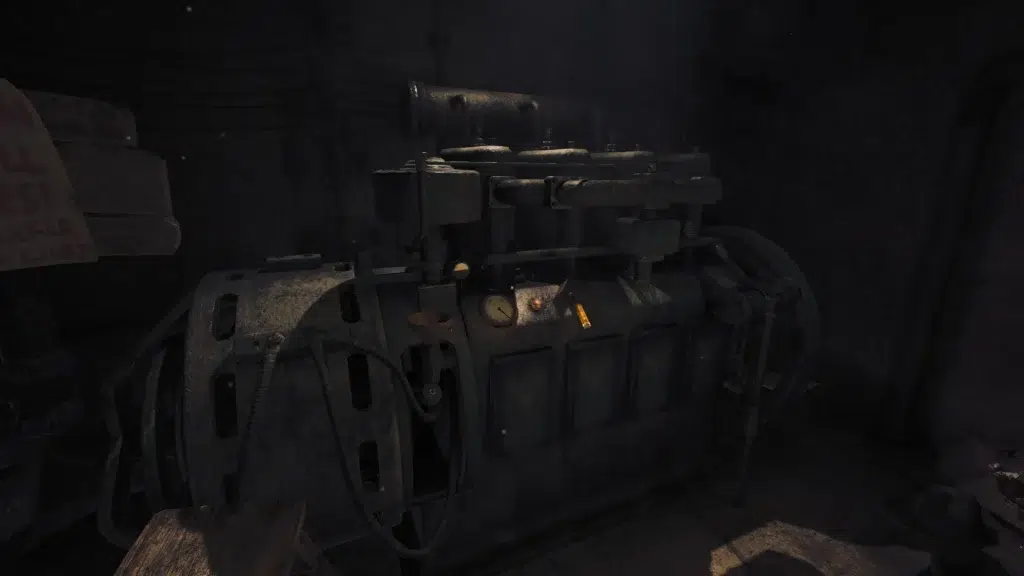
The change in the style of the game, from linear and story driven to more "open" to exploration and experimentation has both positive and negative results. The positives certainly include the rejuvenation of a series that with Rebirth was starting to show signs of fatigue and staleness. The experience offered by the campaign is something quite new in terms of structure without losing any of the spirit and gameplay that characterizes Frictional's games. In fact, several elements are randomized between different playthroughs (e.g. the location of resources or locker codes) so with three difficulty levels and randomization there is a degree of replayability. On the downside, the plot is rather scattershot as it generally unfolds through the discovery of documents in the various bunker rooms, and the open-ended progression means that it's quite likely you'll find them in an order that initially doesn't make much sense. That said, gradually trying to piece together the puzzle of what actually happened in the bunker has its own charm, but if you preferred the smooth and linear story progression in the previous Amnesia games it's likely that you won't be as satisfied with the new style of The Bunker. Finally, I would describe the game's ending as rather rushed and anticlimactic since the final cutscene is too short and doesn't conclude the story in a satisfying way.
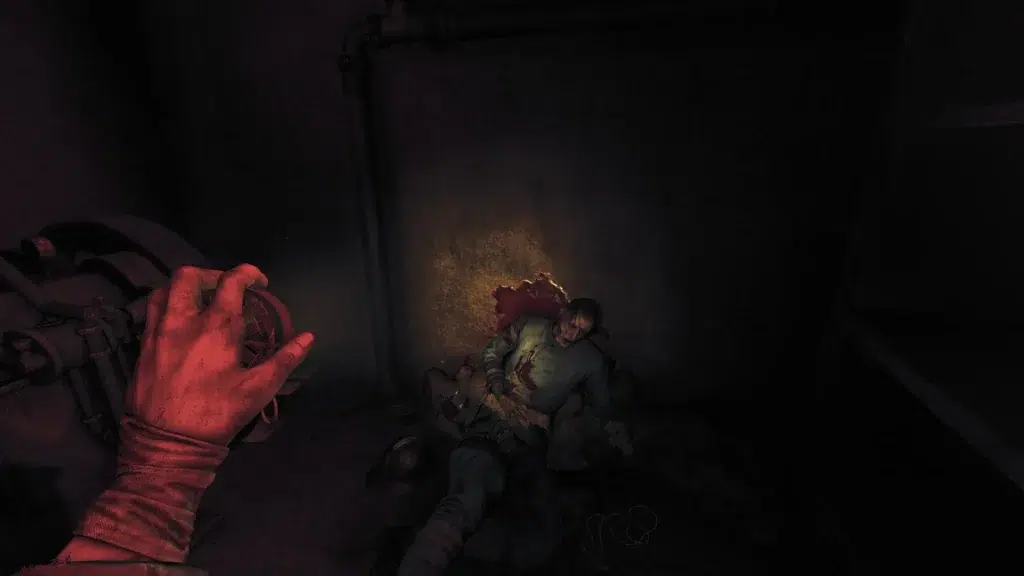
There's an interesting contradiction in the heart of Amnesia: The Bunker. While the game leaves the impression of being "smaller" in terms of production and scope compared to Rebirth, in that the latter had a significantly larger overall map, variety of environments and duration (10-12 hours compared to The Bunker's 6-8 hours for a playthrough), it ends up feeling "bigger" due to Frictional's success in spicing up its basic formula with new ingredients. I consider the result of this experiment a success, not quite enough to reach the levels of the legendary The Dark Descent, but very tantalizing as a basis for the future. A future blend of the two styles has all the makings to make history in horror games. Until then, if you're a fan of Frictional games or horror games in general, Amnesia: The Bunker is a great choice.
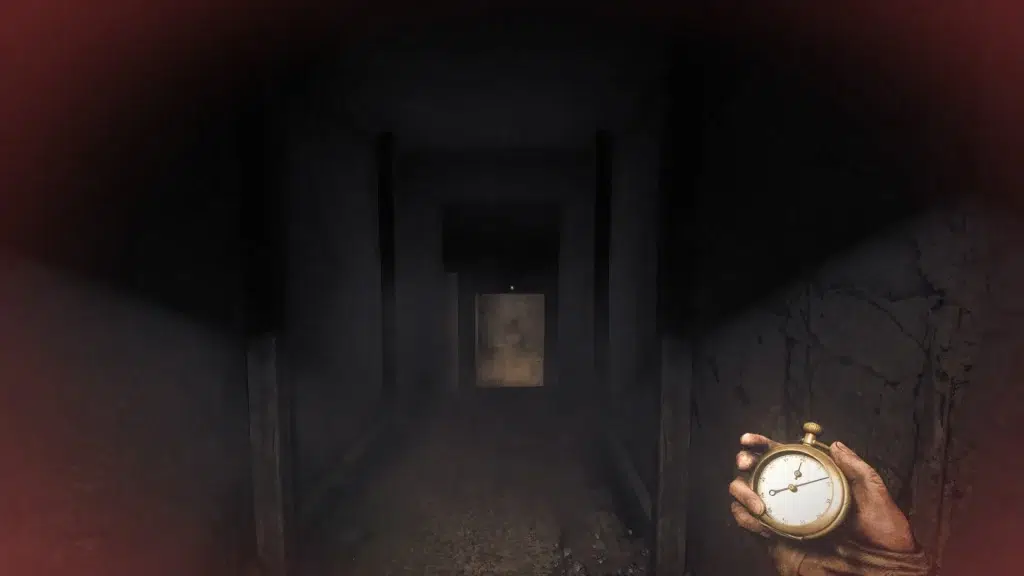
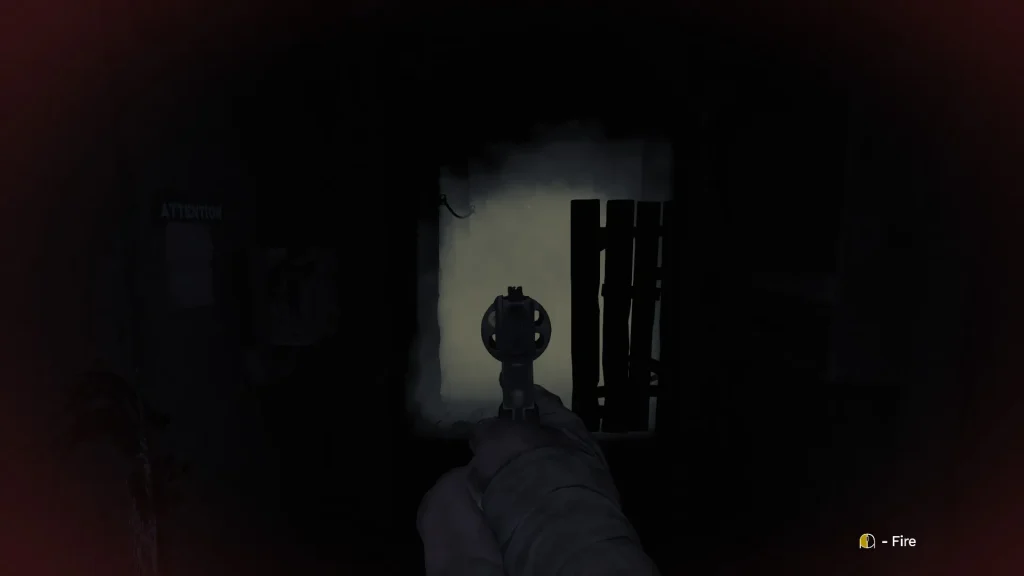
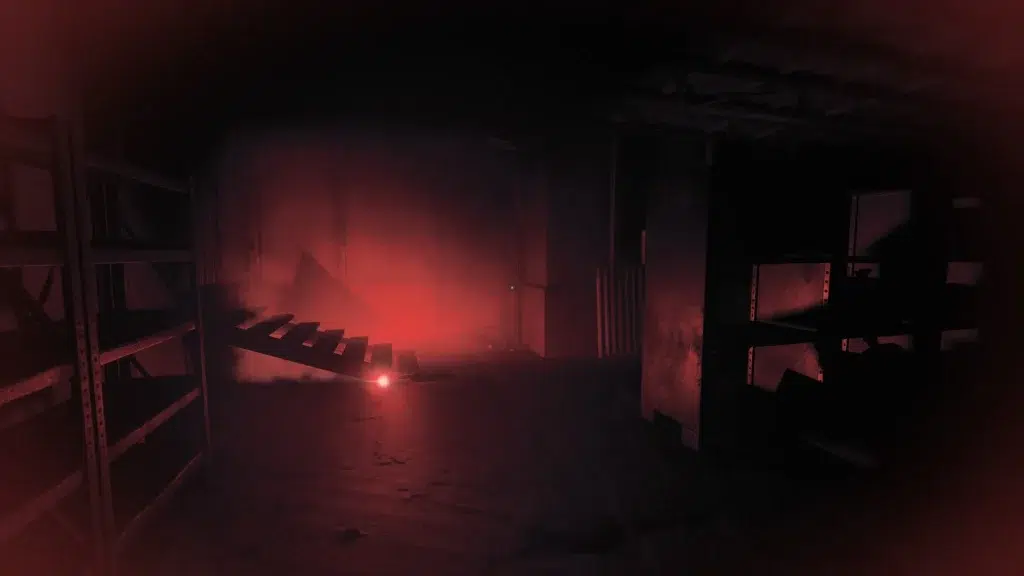
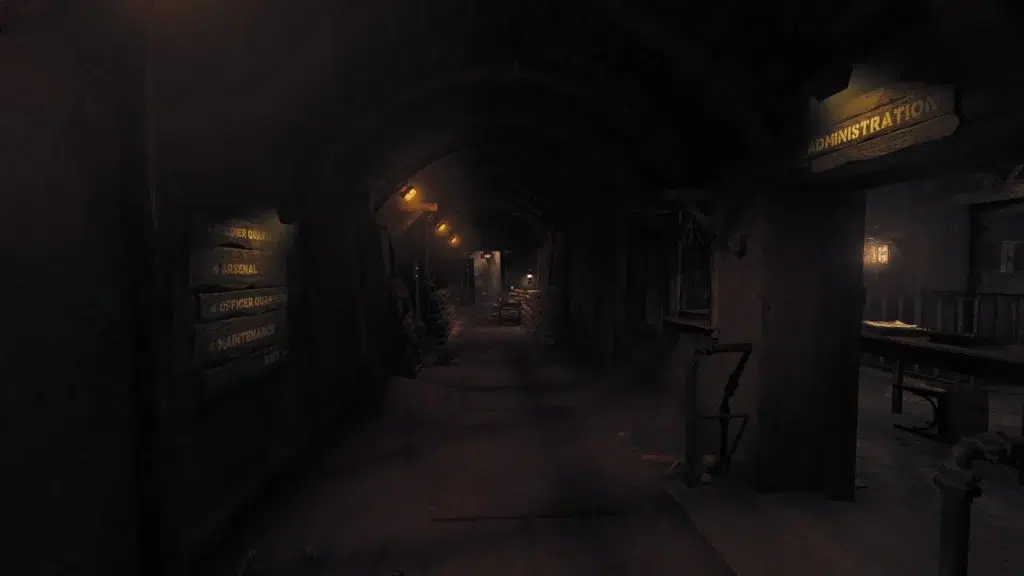
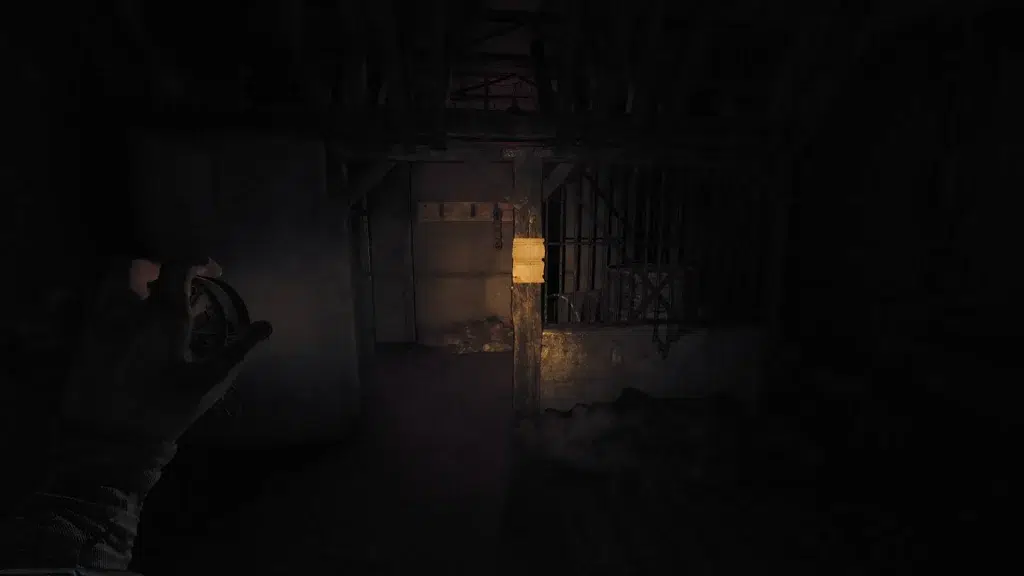
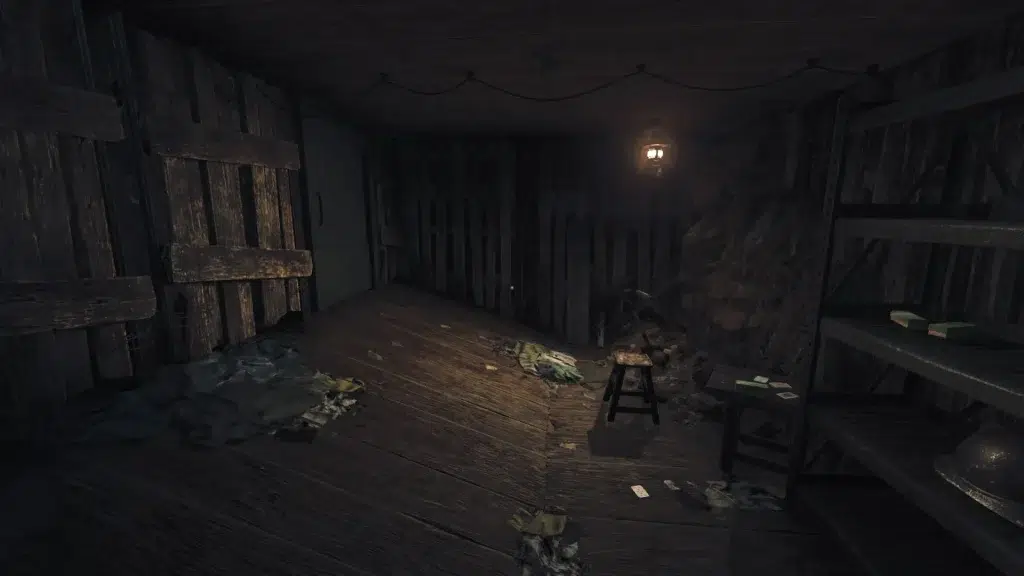
RATING - 84%
84%
A necessary refresh of the series after Rebirth and a very good purchase for horror game fans.

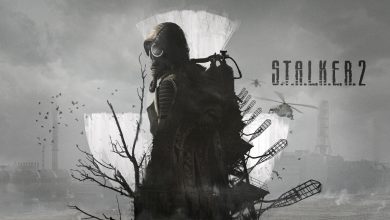

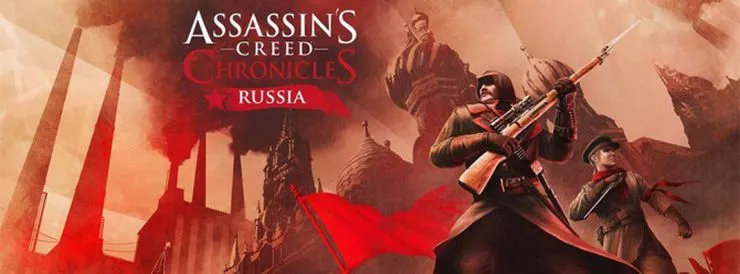


1 comment